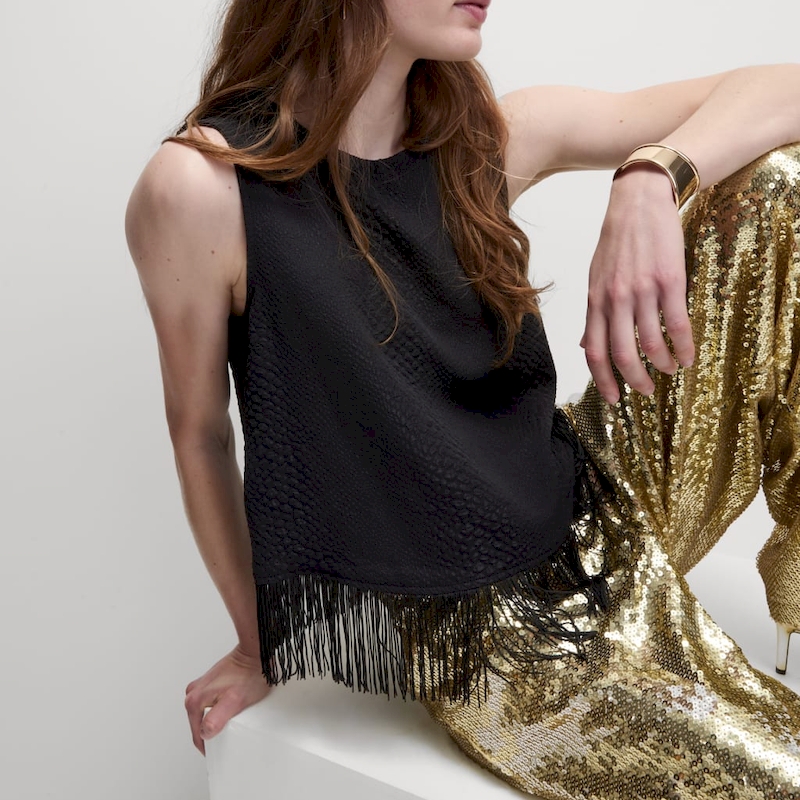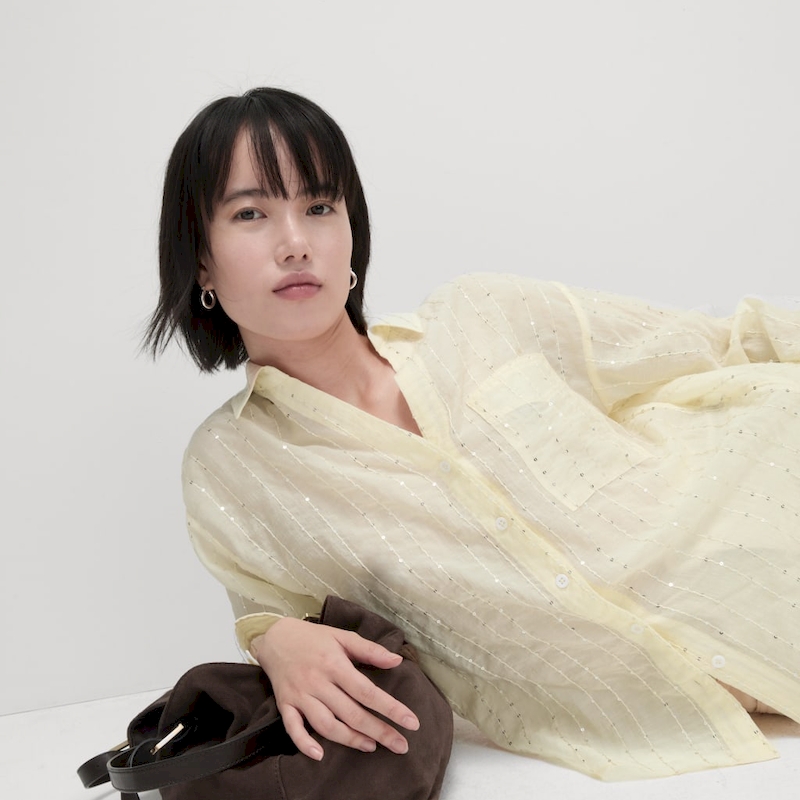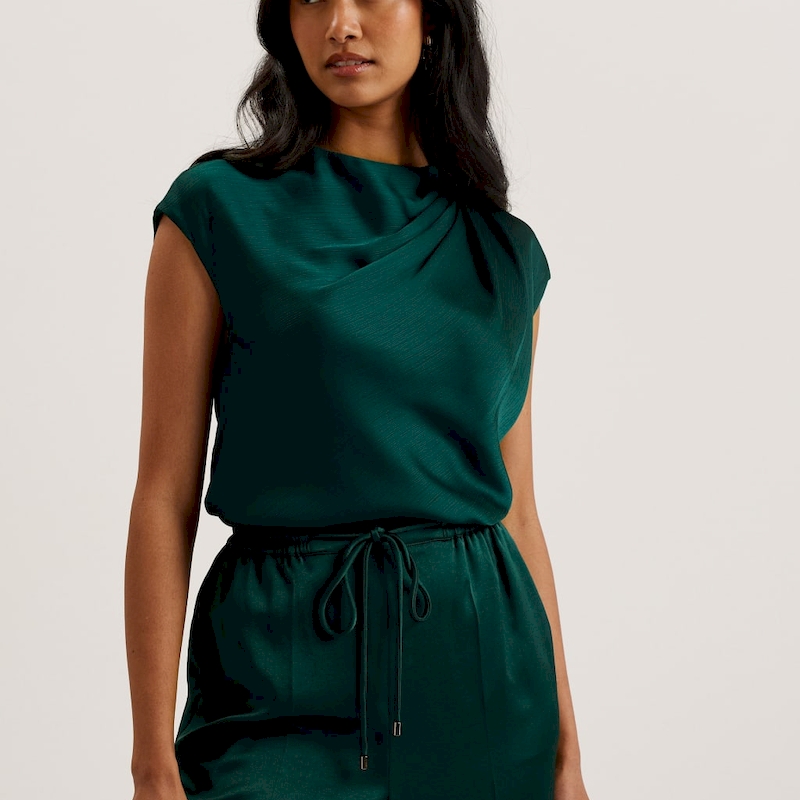Folding a shirt may seem like a simple task, but doing it neatly can elevate your wardrobe organization to a new level. Whether you’re preparing for a trip, organizing your closet, or just want to make your laundry look more presentable, knowing how to fold a shirt neatly is essential. It not only keeps your clothes looking sharp but also saves space and helps avoid unnecessary wrinkles. In this comprehensive article, we will explore various techniques for folding shirts neatly, the importance of a well-organized wardrobe, and tips to maintain the neatness of your folded clothing. Whether you’re dealing with casual t-shirts, button-up shirts, or delicate blouses, we have got you covered with all the best methods available.

Contents
- 1 Understanding the Importance of Neatly Folded Shirts
- 2 The Basic Method: How to Fold a T-Shirt Neatly
- 3 Mastering the Classic Fold for Button-Up Shirts
- 4 The Military Fold: For Ultra Compact Storage
- 5 Folded Shirt vs. Hanging: Which is Better?
- 6 Maintaining the Neatness of Your Folded Shirts
- 7 Personalizing Your Folding Style
- 8 Conclusion
Understanding the Importance of Neatly Folded Shirts
Folding your shirts neatly might seem trivial, but it plays a crucial role in maintaining your wardrobe’s overall appearance. Imagine opening your drawer or closet and finding everything jumbled together. Not only does it create visual chaos, but it makes selecting an outfit a hassle. Proficiently folding your shirts helps you create a clean and inviting space, making it easier to see what you have.
Moreover, folded shirts tend to resist wrinkles better than those that are wadded up. This is particularly useful for shirts made of materials like cotton or linen, which can easily show creases and folds if not handled properly. A neatly folded shirt can instantly look fresher and more presentable. So, let’s dive into the specifics of how to fold a shirt neatly using various techniques.
The Basic Method: How to Fold a T-Shirt Neatly
Folding a basic t-shirt is one of the simplest and most straightforward tasks you can master. Here’s how to fold a t-shirt neatly using perhaps the most common method:
- Lay the Shirt Flat: Start by placing the t-shirt face down on a flat surface. Ensure it’s smooth and free of any wrinkles.
- Fold the Sleeves In: Take one sleeve and fold it diagonally toward the center of the shirt, then repeat with the other sleeve so that they meet in the middle.
- Fold the Shirt in Half: Next, fold the shirt in half vertically, keeping the hem aligned with the neckline.
- Final Fold: Finally, fold the shirt from the bottom up to create the desired size, making sure it looks neat and compact.
By following this basic method, you can create a neatly folded t-shirt ready for storage or display.
Mastering the Classic Fold for Button-Up Shirts
Button-up shirts require a slightly different approach due to their structure and the presence of buttons. Here’s how to fold a button-up shirt neatly:
- Preparation: Start with the shirt unbuttoned and lay it flat with the front facing down.
- Fold the Sleeves: Fold each sleeve back so that they form a straight line along the sides of the shirt.
- Fold the Sides: Now, fold each side of the shirt towards the center so that the sides almost meet, creating a rectangle.
- Fold from the Bottom Up: Lastly, take the bottom of the shirt and fold it up towards the collar, making sure it’s smooth. This will keep the shape of the collar intact and provide a neat finish.
The classic fold helps maintain the integrity of the shirt’s shape and reduces wrinkle formation.
The Military Fold: For Ultra Compact Storage
The military fold is a crisp and structured method primarily used by service members. It’s perfect for those looking to save space and keep their shirts exceptionally neat. Here’s how to do it:
- Place the Shirt Flat: Lay the shirt face up, ensuring all wrinkles are eliminated.
- Fold the Sleeves: Fold the sleeves straight down, creating a rectangular shape.
- Mark the Center: With your fingers, visualize the center of the shirt. Fold both sides to this imaginary line, slightly overlapping.
- Tuck the Bottom Under: Take the bottom of the shirt and fold it upwards, creating a tight and compact finish.
- Flip: Finally, turn the shirt over; this will keep everything in place.
This method is particularly useful when you have limited space, as it allows you to stack shirts more efficiently.
Folded Shirt vs. Hanging: Which is Better?
While knowing how to fold a shirt neatly is invaluable, it raises the question of whether folding or hanging is a superior method for storing shirts. Each has its own pros and cons which can make one option more suitable for your needs:
- Folding: This technique is great for conserving space and is particularly beneficial for casual wear and lightweight materials that may sag when hung. Furthermore, neatly folded shirts can easily be stacked on shelves or placed in drawers.
- Hanging: Hanging is often preferred for more formal shirts and jackets, especially those made from natural fibers that can wrinkle easily if folded. Using proper hangers can maintain the shirt’s shape and prevent creases.
Ultimately, the choice between folding and hanging may vary based on personal preferences, the type of shirts in question, and available storage space. A combination of both methods often results in the best results for maintaining a well-preserved wardrobe.

Maintaining the Neatness of Your Folded Shirts
After mastering how to fold a shirt neatly, it’s essential to maintain that neatness. Here are some tips to ensure your shirts stay organized and wrinkle-free:
- Storage: Use drawer dividers or bins to keep shirts organized. Keeping different types of shirts separate can help prevent them from getting mixed up.
- Temperature Control: Store shirts in an area that is climate-controlled. Excess moisture or heat can lead to wrinkles or odors.
- Regular Maintenance: Every once in a while, review your folded shirts. Refold them to ensure they stay looking fresh and tidy.
- Invest in Quality: Make sure you have sturdy shelves or drawers. Poor storage can lead to collapsing piles and unorganized clothing.
With these maintenance tips, your folded shirts will always look neat, and your wardrobe will be a delight to open!

Personalizing Your Folding Style
While the standard methods of folding have their advantages, don’t hesitate to personalize your folding style! As you become more familiar with how to fold a shirt neatly, adjust the techniques to best suit your preferences and lifestyle. Here are some personalized methods to consider:
- Joint and Compression Folding: For individuals with a unique style, consider creating your own hybrid method of folding shirts. You can incorporate elements from different techniques to better fit your preferred storage style or wardrobe layout.
- Labeling and Color Coding: After folding your shirts, organize them not only by type but also by color or style. You can create a visually appealing presentation while also allowing you to find items faster.
- Incorporate Personal Touches: As you fold each shirt, perhaps consider placing a fragrance sachet within the stack to keep them smelling fresh, or use color-coordinated storage bins. Your personalized touch will enhance the experience of engaging with your wardrobe.
Finding unique folding methods that resonate with you will make the adventure of folding shirts an enjoyable experience rather than a chore.
Conclusion
Learning how to fold a shirt neatly is a fundamental skill that can have significant benefits for your organization and appearance. From t-shirts to button-up shirts, mastering various folding techniques helps maintain the crispness and integrity of your garments while also maximizing space. This knowledge can enhance your everyday routine, making it easier to select outfits and keep your wardrobe aesthetically pleasing. As you implement these methods and tips into your daily life, not only will you appreciate a more organized space, but you’ll also feel more confident in how your clothes present themselves to the world. With practice, folding shirts neatly will become second nature, transforming the way you approach your wardrobe.



